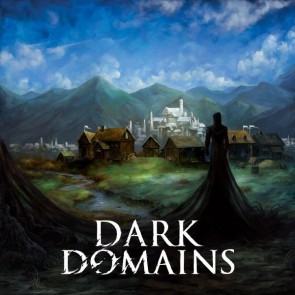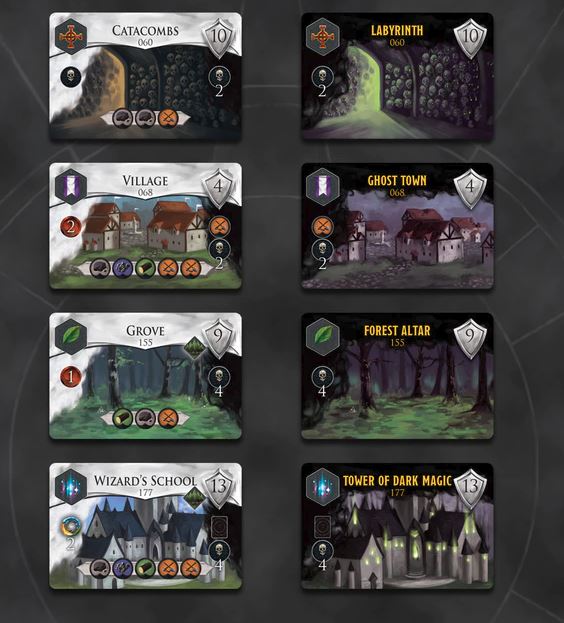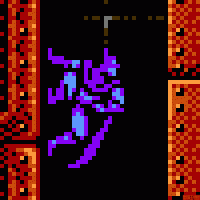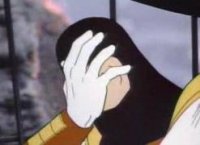Dark Domains, from Laboratory H, is a worker placement game with a few other mechanics layered on, including means of disrupting other players’ plans. This makes for an intriguing game if you like a lot of player interaction and rules that promote a changing game environment—and I do. But it could make Dark Domains a frustrating experience for players who prefer a more peaceful and stable game setting.
Players take on the role of secretly evil followers of a local necromancer. The backstory is that the town of Harrows is growing, and the players are leading the settlement of nearby frontiers. So they develop areas with castles, fortresses, libraries, and numerous other attractive buildings and monuments. Their real goal, however, is to corrupt those buildings once completed and populate the countryside with monsters. Along the way, players collect evil points (VP), with the most evil player winning the game.
The core mechanic is worker placement following the standard model. Spaces allow the acquisition of resources, buildings to construct with said resources, spell elements, money, extra workers, monsters for hire, a better spot in the turn order, and cards of various types, including spells and henchmen. One distinguishing feature of Dark Domains is free-flowing resources. Dark Domains is not a tight-money game, and it is usually not very difficult to acquire the necessary components for your strategy.

Acquired buildings are placed in a player’s region, generally light-side up. Buildings generate resources, cash or other benefits while still on their light sides. Later placement of a worker, or “minion,” on a building flips it to the dark side. A darkly twisted building generates evil points or magic elements, usually more valuable ones than the light side produces.
You can also hire monsters to frighten the peasants in your countryside or nest in one of your evil buildings like a hulking, brooding security guard. Monsters make evil buildings stronger and also produce evil points. Some even provide resources or spell elements—a fire elemental produces one fire per turn.
But the creation of your corrupt countryside will not go unhindered. Players have several methods of interfering in others’ efforts to gain the necromancer’s respect. These include henchmen with dirty tricks, destructive spells, and thuggery up to and including assassination, all of which are acquired by placing minions in the right spots.
(I must point out that hindering other players is not how one wins Dark Domains. Attacking another player costs resources and time while earning exactly zero VP. If you spend too much time slowing other players down, your own board development is brought to an agonizing halt—and that’s before other players retaliate. An exquisitely timed strike, on the other hand…)
Henchmen are represented by cards—each turn a new set of henchmen appears on the board for player acquisition. Henchmen give you special abilities to buy, sell, or trade for goods, slay a monster, hire an extra minion, or assassinate other henchmen or adventurers.
There are four decks of spell cards—one each providing spells of production, control (manipulating the board or pieces), attack and defense. Magic is paid for via resources called “elements” (earth, air, fire, and water) and can be quite powerful. A production spell may net you a lot of goods or prevent others from acquiring some. Attack spells can utterly destroy another player’s building or kill a monster.
Both cards and a couple of worker placement spots on the board enable assassination. Does an opponent have too many henchmen, or a very powerful one? Eliminate it. There’s a cost in gold, but it’s only money, and you’ve got evil plans to advance without pesky interference.
There are also good guys in play. Each turn, two parties of non-player adventurers go looking for evil to smite. Dark Domains includes a mechanism for determining whose buildings or monsters will be targeted by each party, each turn. Once they’ve picked their targets, the parties attack by rolling a number of dice of various types—d6, d8, d10, d12—and trying to exceed a defense number belonging to a building, a monster, or both. If the party succeeds, the building, monster, or combination of the two is destroyed. This mechanism requires planning by the players—you can tell what the parties’ next targets are likely to be, such as the most evil building in a mountain area, or the most evil monster in anyone’s region. So players shouldn’t put their most valuable buildings there, unless the buildings are very well defended, and should shelter high-evil monsters in lairs. Players also have opportunities to mess with (or assassinate) adventurers likely to target them.
In a nice touch, if the good guys can’t find any evil worth their while, they go on a pilgrimage and reward the player who owns their favored blessed building instead.
Finally, the Fortune Cards deserve mention. They function as the game clock—you build a deck of them during setup. Dark Domains includes a larger deck of cards from which you randomly choose a smaller number for each game. Two cards come out each turn and add special rules or change the game state. For instance, one fortune card might make players pay gold to place minions or prevent the corruption of buildings for a turn. One Fortune Card—Death—signals the game’s end, and players do not know whether Death will appear on turn 6, 7, or 8 to trigger the last turn.
All of this means that Dark Domains is a fairly chaotic, swingy game that invites thorough planning, but can easily delay or shatter your plans with a sudden change in the environment or an unexpected attack. This, along with the direct conflict baked into the player interaction, should give you an idea how you’ll feel about the game. Everyone I’ve played with so far has enjoyed it and would happily play again. They like casting an earthquake spell to collapse an opponent’s key fortress and are comfortable with random dice/events (or being the victim of that earthquake spell). If that sounds like you, then I really recommend giving Dark Domains a try.
I know a lot of players, however, who prefer games without attacks between players or with mechanics for which they can plan with reasonable reliability. Some just do not care for the roll of a few dice determining key outcomes. If this paragraph describes you, another game might be a better fit.
A few other points:
- Dark Domains comes with a lot of components, and they are nice. I like the graphic style, even if it appears that the printing may have been a bit darker than intended—hard to say, given the game’s title. You get plenty of quality cards and cardboard for the price.
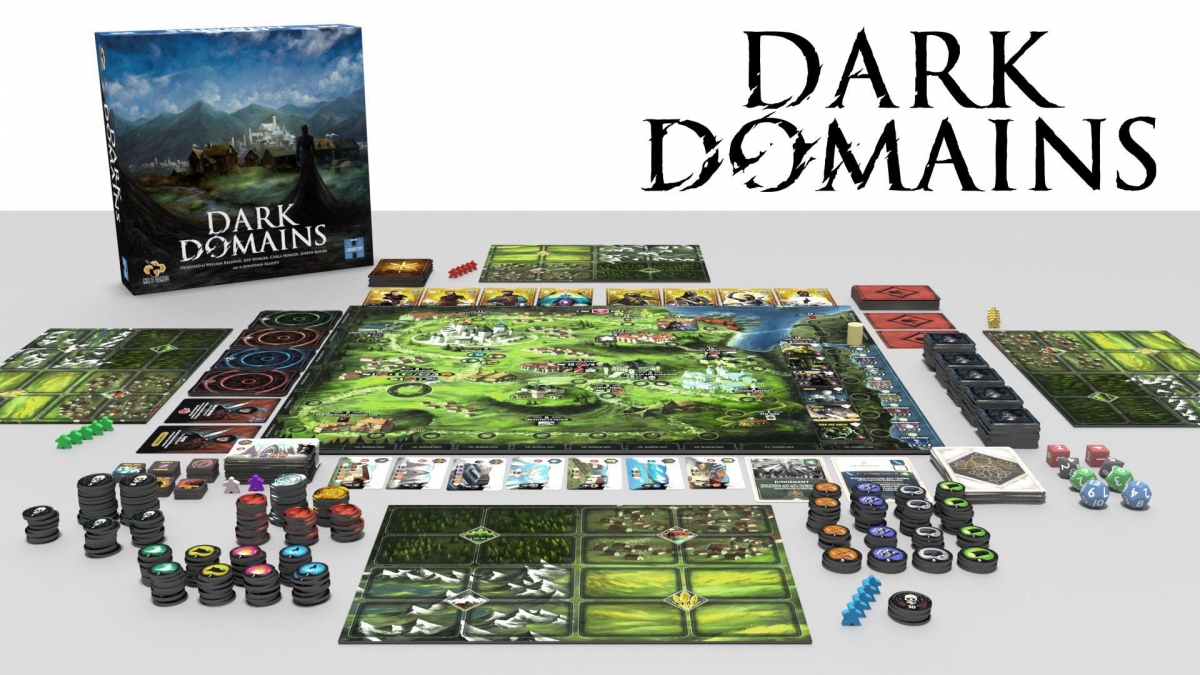
- Lots of components can mean a long set-up time. If you buy Dark Domains, you will probably want something more than baggies for storage. It helps to have several cups or some kind of counter tray on hand. Otherwise the piles of counters can spread way across the table.
- The rule book is a mixed bag. I learned to play from it, but it isn’t always clear. Fortunately, there is an excellent video explaining the rules in about 15 minutes, and you can look up the details as you play. - Dark Domains How to Play in Under 15 Minutes
- There is a rather important omission in the rule book—a key rule about moving a monster after it has been placed. The rule book makes it seem as though you cannot move a monster once placed. There is, however, an exception. When you turn a building evil, a monster without a lair can move there immediately. This rule is mentioned in the video above, and the publishers have confirmed it.
- I think Dark Domains is better with more players—four or five. I haven’t played with two, but with three the board feels too wide open. The game’s direct conflict also brings into play the traditional three-player problem. While one player is using resources to attack, and another to defend, the third player is blissfully executing their plan. It is possible that the adventuring parties will disrupt them, but certainly not guaranteed. And then there is the possibility of two-on-one (or three-on-one, if the good guys pile on).
- I have heard of groups who play by simply agreeing not to attack each other. It would seem easier to play a different worker placement game. I’ve been thinking about whether you could take most of the conflict out of Dark Domains, but I don’t think so. You could remove the attack spell deck, but it seems to be the primary catch-up mechanism in the game, as it is the best way to slow down a runaway leader. Even so, there are henchmen with attack abilities. Even if you also removed the henchmen, there are worker placement spots on the board that allow assassination (or at least attempts). Besides, thuggery is an inherent part of the game’s theme. Whoever heard of bad guys competing politely for the top spot?
Dark Domains plays like a well-designed worker placement game—with magic, monsters, and assassins thrown in. The mechanics consistently implement the theme of evildoers diligently corrupting their little corners of the world. Dark Domains has a lot to offer players who appreciate more player interaction with their Euro mechanics, and who still appreciate some “gotcha” in their games.
 Games
Games How to resolve AdBlock issue?
How to resolve AdBlock issue? 















